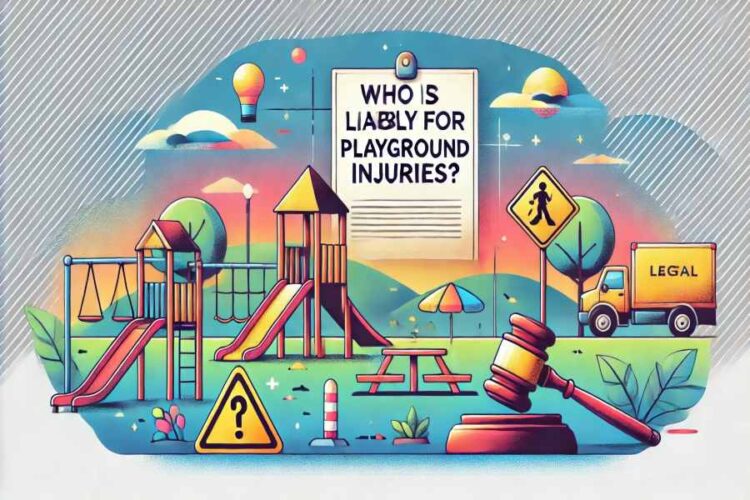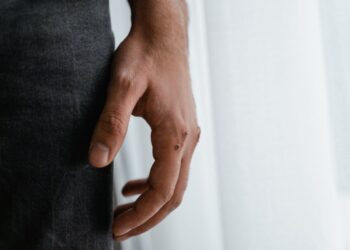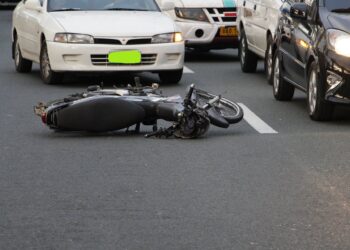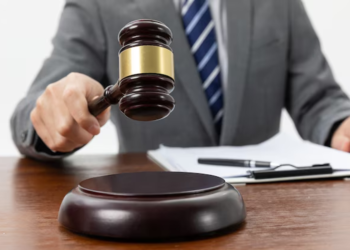If your child is injured on a school or daycare playground, the question of who is responsible naturally arises. Liability can fall on various parties, namely the owner of the playground, the designer of the playground, or the manufacturer of the playground equipment.
Initially, you need to determine whether the injury resulted from a playground issue or from the actions of another child. If the injury stems from a dangerous condition on the playground, the owner could be held accountable. If defective equipment caused the injury, the manufacturer could be liable. Lastly, if the playground’s design is inherently unsafe, the designer might also be responsible. To navigate these complex liability issues, understanding your legal rights and responsibilities is crucial.
Playground Injury Statistics
Playground accidents are unfortunately common in the United States. According to the Center for Disease Control (CDC), over 200,000 children aged 0 to 14 visit emergency rooms annually due to playground-related injuries. Alarmingly, nearly 50% of these accidents result in severe injuries like bone fractures, shoulder injuries, internal bleeding, traumatic brain injuries, dislocations, and even limb amputations.
According to the CDC, most playground-related injuries occur on climbing equipment, with slides being the next most common culprit, followed by swings and monkey bars. Falls from heights pose significant risks, often leading to broken bones and concussions. Hence, constant supervision is crucial to ensure children’s safety while playing. Adults must remain vigilant to prevent accidents and facilitate a safe, enjoyable environment.
Frequently Asked Playground Accident Questions
Parents frequently seek information about pursuing compensation for their child’s injury during play. Common questions like, “Can I sue after my child was hurt on a playground?” often arise. The answer depends on various factors, including the owner and operator of the playground at the time.
My child was injured on a daycare playground, what should I do next?
If your child is injured at a daycare playground, ensuring they receive immediate medical care is the first step. Subsequently, understanding the potential liabilities is crucial. If the injury resulted from negligence, such as poorly maintained equipment or lack of supervision, the daycare may be responsible. If another child caused the injury, you might file a personal injury claim against their parents. Proving deliberate or intentional harm can be challenging, making a comprehensive investigation essential. If defective equipment is involved, the manufacturer could be held liable.
Are public schools immune from lawsuits that occur on the playground?
Under Texas law, public school districts must designate an employee as the district’s risk management officer. The Texas Tort Claims Act imposes liability on governmental entities and their employees for certain torts if it is proven that the tortious conduct occurred within the scope of employment and did not involve discretionary functions.
The Act also holds a governmental entity accountable if a dangerous condition of tangible personal or real property is proven, and the entity had knowledge of the condition but did not take reasonable action to correct it. For your claim against a public school district, you must show that the injury resulted from either poor playground equipment conditions or negligence by a school employee.
Texas law mandates that you notify the school district of your claim within six months of the injury date. Therefore, prompt action is essential to protect your legal rights.
My child was injured on a private school playground, can I sue?
Private schools are not shielded by the Texas Tort Claims Act, making them liable for injuries resulting from unsafe playground conditions. If the injury was due to defective or improperly installed equipment, the manufacturer might also be liable. Consulting with relevant experts will help you determine the best course of action based on the specific circumstances.
My child was hurt on the playground of our apartment, do we need a lawyer?
If your child is injured on the playground of your apartment complex, it is crucial to investigate the scene. Apartment owners and managers might cut costs when constructing common areas like playgrounds, leading to unsafe designs, incorrect assembly, or poor maintenance. Evaluations by structural engineers can be beneficial in determining the accident’s cause. Both premises owners and faulty product manufacturers might be liable under strict liability theories.
How To Prove Liability In Texas Playground Accident and Premises Cases
There are two primary types of liability in playground accident cases: negligence and strict liability. The key difference lies in the requirement of proof of fault.
Negligence Theory
For a negligence claim to be successful, the plaintiff must demonstrate that the defendant owed the child a duty of care, breached that duty by failing to act reasonably, and that this breach caused harm. Successfully proving these elements can result in compensation for damages.
Strict Liability Theory
For strict liability claims, fault is not a required element. If the injury resulted from a product defect or other strict liability issue, the other party can be held liable, regardless of fault. Playgrounds must be age-appropriate and equipped with proper fall protection materials, like rubberized mats, to minimize injury risks. Evidence like camera footage, safety reports, and maintenance logs can support such claims. Structural engineers can further assess whether the playground equipment design was inherently unsafe.
What damages can my child recover in a Texas child injury claim?
In Texas, children may recover four main types of damages in personal injury cases:
- Medical expenses – All costs related to the injury, including hospitalization, rehabilitation, surgeries, and prescriptions.
- Lost wages – The income that the parents missed due to the child’s injury.
- Property damage – Costs associated with repairing or replacing damaged personal belongings.
- Pain and suffering – Compensation for physical and emotional trauma, including scarring, emotional distress, or post-traumatic stress disorder.
Understanding your legal rights and options can be vital in securing fair compensation for your child’s injuries. For further guidance, you may find this Texas school injury attorney resource helpful.
In conclusion, playground injuries can be a distressing ordeal for both the child and the family, and determining liability is a complex but crucial step towards resolving these issues. Whether the fault lies with the owner, designer, or manufacturer of the playground equipment, understanding the nuances of negligence and strict liability is essential.
By thoroughly investigating the circumstances surrounding the accident and seeking appropriate legal advice, parents can effectively advocate for their child’s safety and well-being. Ultimately, taking proactive steps not only helps in securing compensation for medical expenses and emotional suffering but also contributes to making playgrounds safer for future generations.
Remember, ensuring a safe play environment for children is a responsibility shared by everyone, from playground operators to supervising adults.










